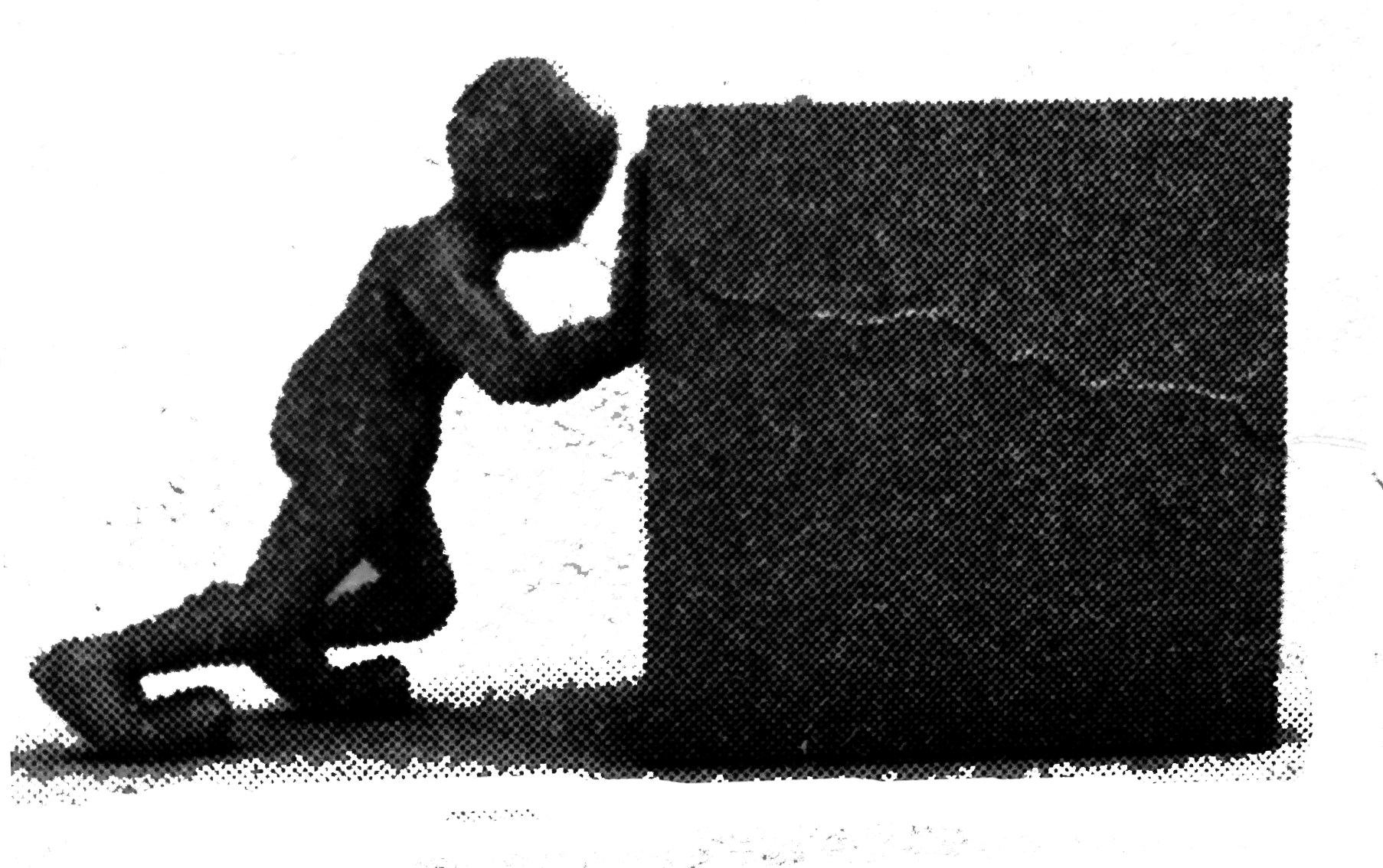Continuation of Problem z Now assume that Eq, 6-29 gives the magnitude of the air drag force on the typical 20 kg stone, which presents to the wind a vertical crosssectional area of 0.040 m2 and has a drag coefficient C of 0.80.Take the air density to be 1.21kg/m3 and the coefficient of kinetic friction to be 0.80. (a) In kilometers per hour, what wind speed Valong the ground is needed to maintain the stone's motion once it has started moving? Because winds along the ground are retarded by the ground, the wind speeds reported for storms are often measured at a height of 10 m. Assume wind speeds are 2.00 times those along the ground. (b) For your answer to (a), what wind speed would be reported for the storm? (c) Is that value reasonable for a high speed wind in a storm?
(a)3.2×10km/h,(b)6.5×102km/h , (c) The result is not resonable for a terresstrial strom. A category 5 huricane has speeds
Topper's Solved these Questions
- BOOK - RESNICK AND HALLIDAYCHAPTER - FORCE AND MOTION-IIEXERCISE - PRACTICE QUESTIONS (Single Correct Choice Type)23videos
FORCE AND MOTION-II
- BOOK - RESNICK AND HALLIDAYCHAPTER - FORCE AND MOTION-IIEXERCISE - PRACTICE QUESTIONS (More than One Correct Choice Type)4videos
FORCE AND MOTION-II
- BOOK - RESNICK AND HALLIDAYCHAPTER - FORCE AND MOTION-IIEXERCISE - CHECKPOINTS5videos
FORCE AND MOTION-II
- BOOK - RESNICK AND HALLIDAYCHAPTER - FORCE AND MOTION - I EXERCISE - PRACTICE QUESTIONS (Integer Type)3videos
FORCE AND MOTION - I
- BOOK - RESNICK AND HALLIDAYCHAPTER - GAUSS' LAW EXERCISE - PRACTICE QUESTIONS (INTEGER TYPE)3videos
GAUSS' LAW
Similar Questions
Knowledge Check
- Question 1 - Select One
The coefficient of kinetic friction between a 20 kg box and the floor is 0.40. How much work does a pulling force do on the box in pulling it 8.0 m across the floor at constant speed? The pulling force is directed 37∘ above the horizontal.
A343 JB482 JC14.4 JDNone of these - Question 2 - Select One
If an oil drop of density 0.95×103kg/m3 and radius 10−4 cm is falling in air whose density is 1.3kg/m3 and coefficient of viscosity is 18×10−6kg/(m−s). Calculate the terminal speed of the drop.
A0.00015 cm/sB0.0005 cm/sC0.0115 cm/sDNone of these - Question 3 - Select One
A 0.5 kg ball is thrown up with an initial speed 14 m/s and reaches a maximum height of 8.0 m . How much energy is dissipated by air drag acting on the ball during the ascent
A19.6 JouleB4.9 JouleC10 JouleD9.8 Joule
Estimate the sail area of a sailing boat moving at a constant speed in the direction of the wind assuming its midship section to be S0=1.0m2, the coefficient C = 0.1, the boat's speed v0=3.0m/s, and the wind velocity v =6.0 m/s
View SolutionIn Fig. 6-48, a 2.0 kg block lies on a 20 kg trolley that can roll across a floor on frictionless bearings. Between the block and the trolley, the coefficient of kinetic friction is 0.20 and the coefficient of static friction is 0.25. When a horizontal 2.0 N force is applied to the block, what are the magnitudes of (a) the frictional force between the block and the trolley and (b) the acceleration of the trolley?
 View Solution
View SolutionA man of mass 75kg is pushing a heavy box on a flat floor. The coefficient of kinetic and static friction between the floor and the box is 0.20, and the coefficient of static friction between the man's shoes and the floor is 0.80. If the man pushes horizontally, what is the maximum values (in kg) of the box he can move?
 View Solution
View SolutionA box of mass 200 kg is kept on a rough horizontal floor having coefficient of static friction μs=0.25 and coefficient kinetic friction μk=0.2. Find the work done by a man to slide the body slowly through 20 m with a minimum force. Also find the magnitude of the minimum force.
View SolutionA man of mass 75kg is pushing a heavy box on a flat floor. The coefficient of kinetic and static friction between the floor and the box is 0.20, and the coefficient of static friction between the man's shoes and the floor is 0.80. If the man pushes horizontally, what is the maximum values (in kg) of the box he can move?
 View Solution
View Solution

